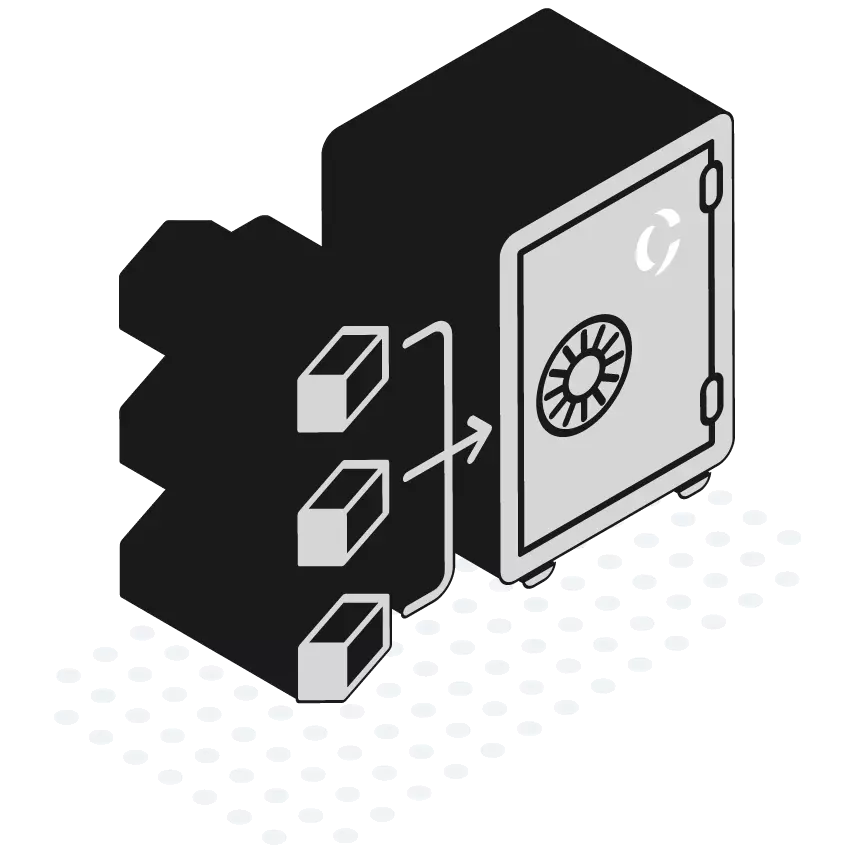Staking
Stake your Crypto
Staking allows you to receive new crypto allocated by the blockchain on your wallet. Stake your cryptocurrencies and each week you will see the benefits. You are free to change the use* of your cryptocurrencies put into staking at any time.

Ethereum

Cardano

Polkadot
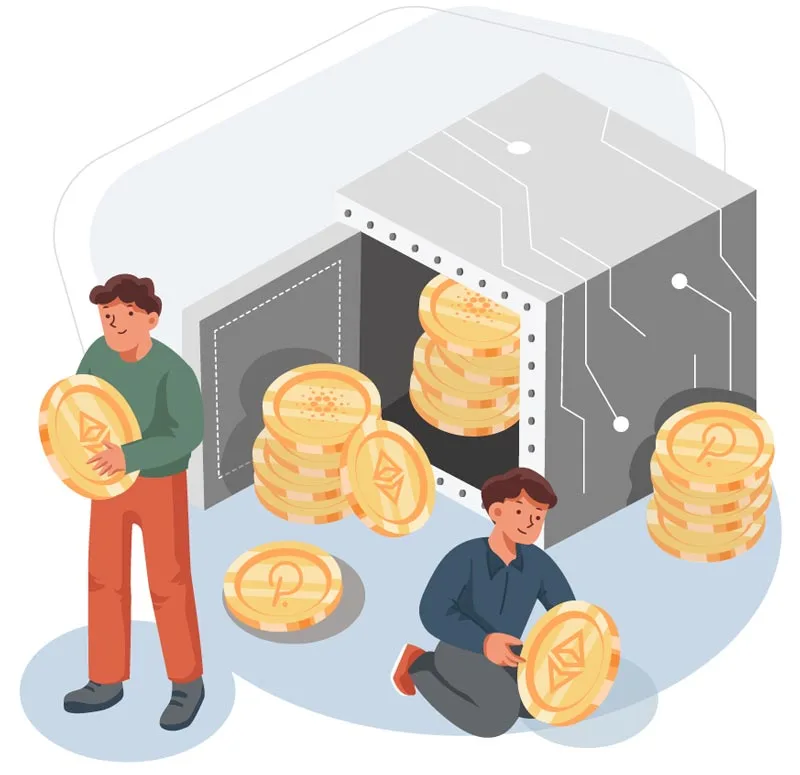
*Ethereum (ETH) will be released in the next 48 hours unless there is a higher queue for unstaking. DOTs have a fixed release time of 28 days.
Participate in the production and validation of new blockchain blocks
Are you a Hodler, your perspective in the crypto ecosystem is in the long term? Now you have the opportunity to change your portfolio by holding and using for the benefit of the blockchain your cryptocurrencies, thanks to the IT service offered by Cryptosmart that allows you to manage the technical operations of Staking activity. With the advent of Proof of Stake (PoS) by owning cryptocurrencies you can participate in the production and validation of new blocks of the blockchain and ensure its security. Thanks to Staking you can feel like a real cryptocurrency “miner” by using Cryptosmart’s IT platform to manage the technical operations of Staking activity.
Cryptosmart has created a simple and intuitive system. If you participate in Staking for a full week, the blockchain assigns you new cryptocurrencies based on the type of cryptocurrency and the amount used for Staking, as consideration for your contribution to the production and validation of new blocks.
For each full week that you keep your cryptocurrencies in Staking, the following Saturday** you see the value of the benefits you have contributed to the blockchain. At any time you can change* your crypto usage and dispose of them freely.
*Ethereum (ETH) will be released in the next 48 hours unless there is a higher queue for unstaking. DOTs have a fixed release time of 28 days..
**ADA rewards will be distributed every 5 days, the day after the end of the corresponding epoch.
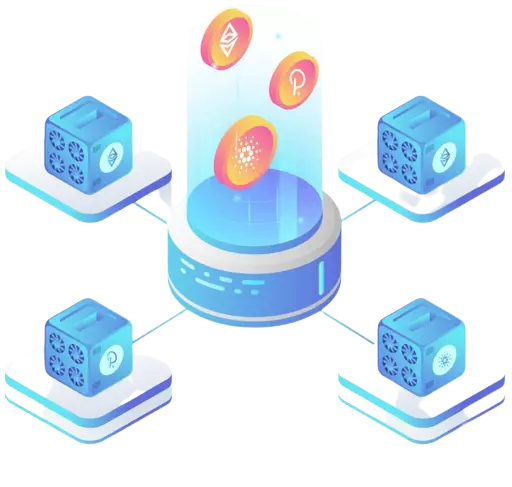
Staking in 3 easy steps
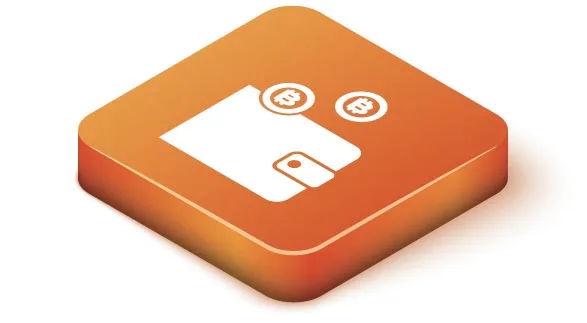
Buy a PoS crypto
Buy or maintain on your Wallet at Cryptosmart the eligible crypto (see list published by Cryptosmart) to do Staking
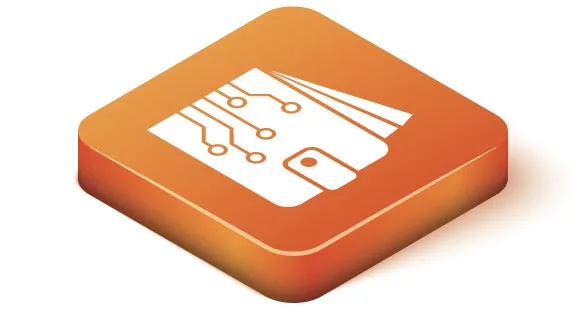
Choose the stake size
Select the crypto and amount to be staked
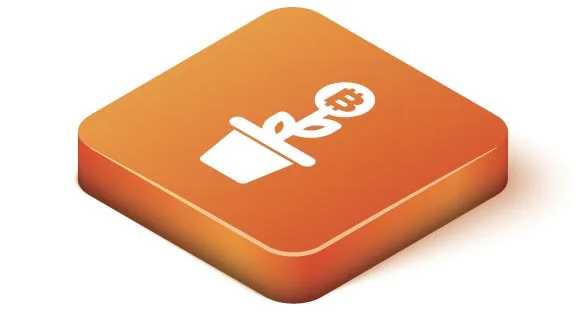
Receive new crypto
Every week you get new crypto on your Wallet by keeping them in “Stake”
Sono disponibili per questo servizio: ETH, ADA, DOT
Ethereum
Minimum Amount: 1 ETH
Activation time: 2 days
Release: Within 48h*
Cardano
Minimum Amount: 3000 ADA
Activation time: 2 days
Release: Within 48h
Polkadot
Minimum Amount: 200 DOT
Activation time: 2 days
Release: 28 giorni
*Ethereum (ETH) staking involves a maximum daily flow with the possibility that a queue will then be created, if greater than the release time the time can be lengthened.
FAQ
What is staking?
Staking allows you to gain benefits by participating in the validation and production of new blocks on the blockchain. When you staking with your cryptocurrencies, you make the blockchain more secure and more efficient, and for that you get new cryptocurrencies directly from the blockchain.
In general, blockhain nodes that properly propose and validate a block are awarded a stake directly from the blockchain, as is the case with a miner who is rewarded in the blockchain Proof of Work for mining activities lent. Nodes lose some of their stake if they approve a fraudulent transaction, which incentivizes them to approve only valid transactions.
Cryptosmart offers an IT service to manage blockchain nodes by making them work in the most efficient way to maximize block production and validation.
How does it work?
Staking on your own and thus becoming a “validator” requires a high level of technical knowledge to run a node on your own hardware, synchronize it with the blockchain, and also, sometimes, you need to go through a considerable investment in technology components to support the node with enough cryptocurrency to meet the minimum thresholds. At Cryptosmart, we do all this for you. While you allow Cryptosmart to do staking and generate and validate blocks on your behalf, you still retain full ownership of your tokens and participate in the benefits of the blockchain.
Your benefits from staking come from the blockchain putting your cryptocurrencies to “work” to produce and validate new blockchain blocks. Cryptocurrencies that allow staking use a “consensus mechanism” called Proof-of-Stake: this is the method used to ensure that all transactions are verified and secure without the need for a bank or payment processing company to act as an intermediary. If you decide to use it for staking, your cryptocurrency becomes part of this process.
What cryptocurrencies are available for staking?
• ETH (Ethereum)
• ADA (Cardano)
• DOT (Polkadot)
How do I get started to staking on Cryptosmart?
Follow these three simple steps:
– Buy or send one of the cryptocurrencies listed above to your Wallet at Cryptosmart.
– Go to “Staking.”
– Choose your preferred cryptocurrency, click on “Stake.”
Should I buy or hold cryptocurrencies on Cryptosmart to start staking?
Yes. To staking with us, you must buy cryptocurrency on our platform or transfer cryptocurrency you already own from your other wallets at other exchanges to your wallet at Cryptosmart.
When do I receive the rewards for the staking activity?
The rewards will be avaiable every Saturday. For ADAs (Cardano) the reward will be distributed the day after the end of each epoch, which has a duration of 5 days, so the cadence will not be weekly.
What is the reward interval?
The benefit calculation interval is weekly for all cryptocurrencies and starts from Saturday until the following Friday.
When does the distribution of new cryptocurrencies by the blockchain take place?
On the Saturday following the reporting week, the amount of new cryptocurrency is distributed from the blockchain
Who is eligible to receive new cryptocurrencies and when are they awarded?
Entitled to receive new cryptocurrencies from the blockchain are those who keep their cryptocurrencies tied up for the entire week.
How is the amount of new cryptocurrency calculated?
The total of new cryptocurrencies is divided proportionally to the stake of each participant who has held the cryptocurrency staked the whole week.
What happens to the new crypto with reference to those who went out in the week and do not receive their amounts?
The crypto are redistributed among those who are eligible among those who hold staked cryptocurrencies the longest.
What is meant by staking activation and computation period for new cryptocurrencies?
Activation is the moment when the cryptocurrency is bound. This moment does not coincide with the start of the calculation for determining the user’s new cryptocurrency, if any, which occurs the following Saturday.
Does the minimum amount apply to each stake created?
Yes
When can I release my crypto put into Staking?
ADA and ETH* within 48 hours will be credited back to the main wallet along with the accumulated crypto. For DOT, the deadline is 28 days, during which time no rewards will be distributed.
*For ETH, the release could be lengthened in case a queue forms during release.
How is the potential amount of new crypto for each cryptocurrency put into Staking calculated?
The estimate is based on new cryptocurrencies allocated by the blockchain in the past 90 days.
How much are the commissions on Staking?
We charge a 20% fee on new cryptocurrencies received by the user for managing the IT infrastructure required for staking by the user and for support activities. Commissions are already removed from the crypto received.
Proof of Stake (PoS)
A fundamental and distinctive feature of each Blockchain is the block validation mechanism. On this depends the security and invariability of the chain itself.
The first and most popular validation mechanism currently is Proof of Work (PoW), where the computing power of computers is harnessed. In order to succeed in attacking the Blockchain, one would need very high and economically inconvenient computing power and energy.
The PoW has the major problem of not being eco and energy friendly, due to its high energy consumption.
From this motivation arose the need to create new block validation mechanisms. At present, the biggest competitor to Proof of Work (PoW) is Proof of Stake (PoS), in which the validator has the probability of being chosen as such, in proportion to its “Stake” deposit.
